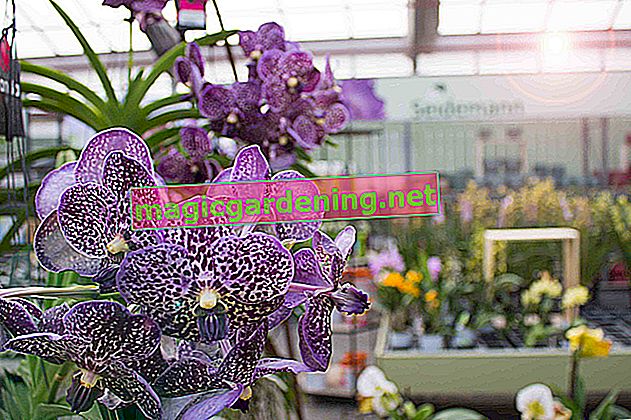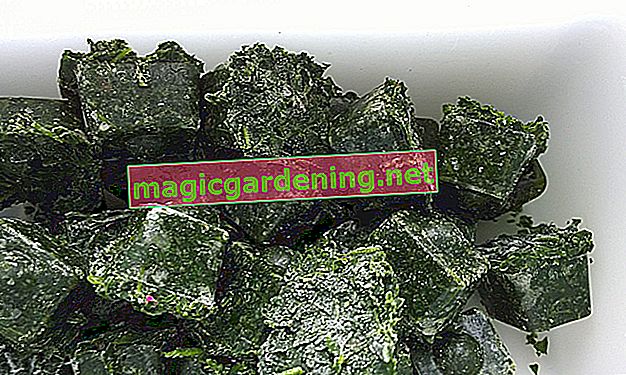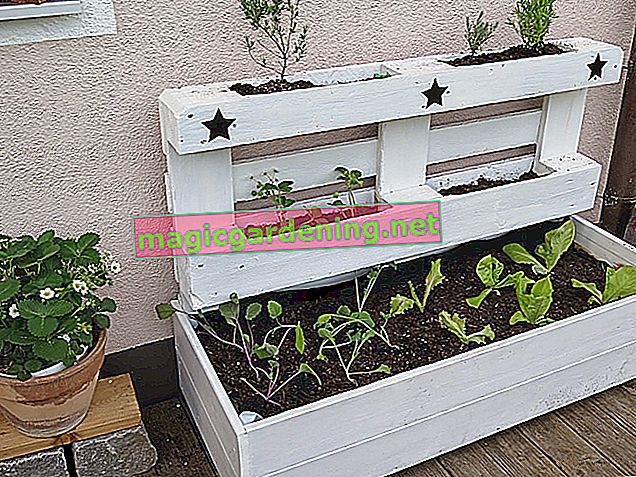
Spider mites often cause yellow leaves
If your single leaf starts to get a few yellow leaves, but these become more and more over time and you have the impression that for every yellow leaf that is removed there are two new leaves ... it could be that spider mites are behind this phenomenon. The tiny arachnids suck the leaf sap of the plant and are often invisible to the naked eye. But you can put the test to the test and mist the single sheet with a fine spray. If delicate, spider web-like webs become visible, the pests have hijacked your plant. Fortunately, spider mites are very easy to control because the animals feel very comfortable in dry heat. Provide a darker location and higher humidity (for example by spraying the affected plant),then the arachnids will soon run away. By the way, other pests can also cause yellow leaves on the single leaf, but these are very rare.
also read
- Single leaf does not bloom? Causes and countermeasures
- Lilac gets yellow leaves - causes and countermeasures
- Boxwood gets yellow leaves - causes and countermeasures
Water and fertilize the single leaf properly
Furthermore, behind the yellow leaves there are often simple, but quickly remedied maintenance mistakes such as too frequent watering or insufficient fertilization. Although the single leaf requires a lot of water, especially in summer, it absolutely does not tolerate waterlogging. So if you have any doubts, it is better to check again: If the plant lets the leaves hang and they turn yellow, although you water them sufficiently, then it is best to pot them out and check the roots. If these rot due to excessive moisture, the plant will still die of thirst because it can no longer absorb sufficient water. In addition, the leaf discoloration can also be due to a simple nutrient deficiency.
Tips
Repot your single leaf once a year in fresh substrate and in a larger pot so that the roots always have enough space and the plant has enough nutrients. Do not fertilize until about six weeks after repotting, as the standard potting soil is usually pre-fertilized.








